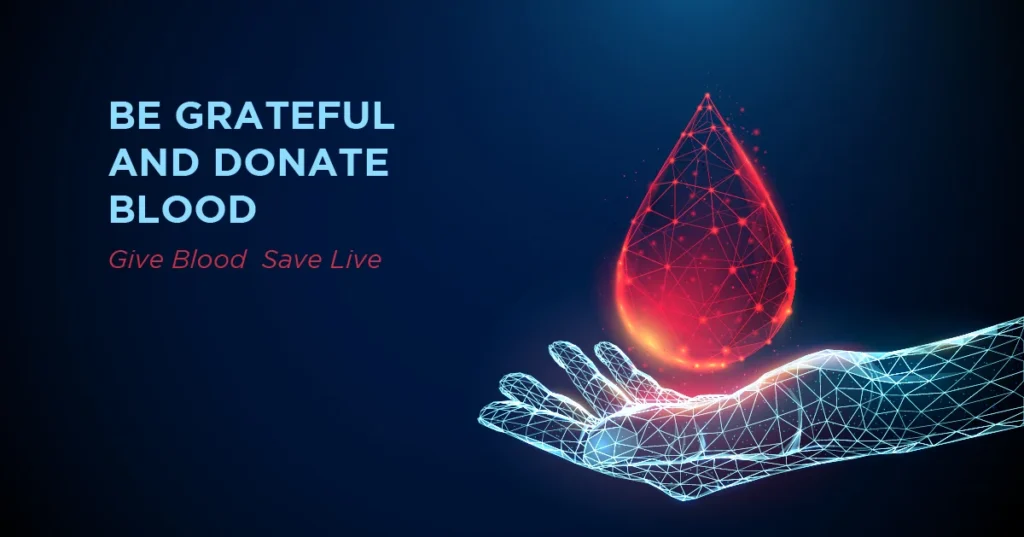The Blood Donation Process
1. Preparation
Before donating blood, there are a few steps to ensure you’re ready:
- Hydrate: Drink plenty of water the day before and the day of your donation.
- Eat a Healthy Meal: Consume a balanced meal rich in iron to maintain your blood levels.
- Avoid Certain Activities: Refrain from strenuous exercise and avoid alcohol 24 hours before donating.
- Check Eligibility: Ensure you meet the eligibility criteria, such as age, weight, and health requirements.
2. Registration
Upon arrival at the donation center, you’ll need to register. You’ll provide basic information, such as your name, address, and identification. You’ll also complete a health history questionnaire to ensure it’s safe for you to donate.
3. Mini-Physical Examination
A healthcare professional will perform a brief physical exam to check your blood pressure, pulse, temperature, and hemoglobin levels. This step ensures that you are in good health and can safely donate blood.
4. The Donation
The actual blood donation process is straightforward and typically takes about 8-10 minutes:
- Sit Comfortably: You’ll be seated in a reclining chair.
- Sterilization: The donation area on your arm will be cleaned with an antiseptic.
- Needle Insertion: A sterile needle will be inserted into a vein in your arm to collect blood.
- Blood Collection: Approximately one pint of blood will be drawn into a sterile bag. During this time, you can relax, read, or chat with the staff.
5. Recovery
After donating, you’ll spend a few minutes in the recovery area:
- Rest: Sit and relax for about 10-15 minutes.
- Refreshments: Enjoy some snacks and drinks to help replenish your energy.
- Monitoring: The staff will ensure you feel well before you leave.
Post-Donation Care
After donating blood, it’s important to take care of yourself:
- Stay Hydrated: Drink plenty of fluids over the next 24 hours.
- Avoid Heavy Lifting: Refrain from strenuous activities for the rest of the day.
- Eat a Balanced Diet: Consume iron-rich foods to help replenish your iron levels.

Conclusion
The life-saving journey of blood donation is a testament to the power of human kindness and medical precision. From the moment a donor decides to give blood to the point where it reaches a patient in need, every step is meticulously managed to ensure the highest safety and efficacy. Understanding this journey not only highlights the incredible impact of each donation but also underscores the importance of regular blood donations. By donating blood, you become an essential part of a life-saving process, offering hope and healing to countless individuals. Your generous act can make the difference between life and death, inspiring others to follow suit and contribute to this vital cause.
